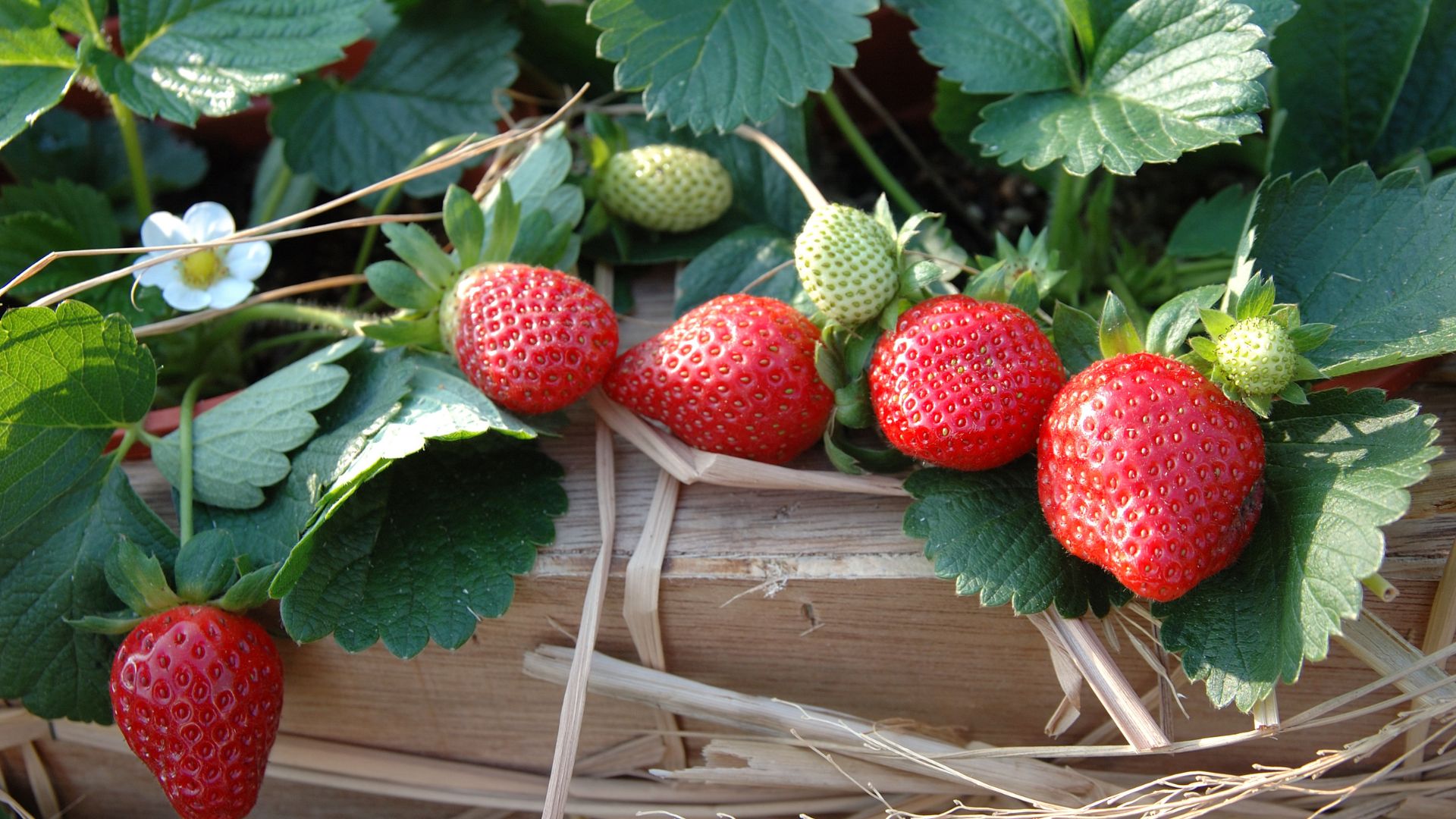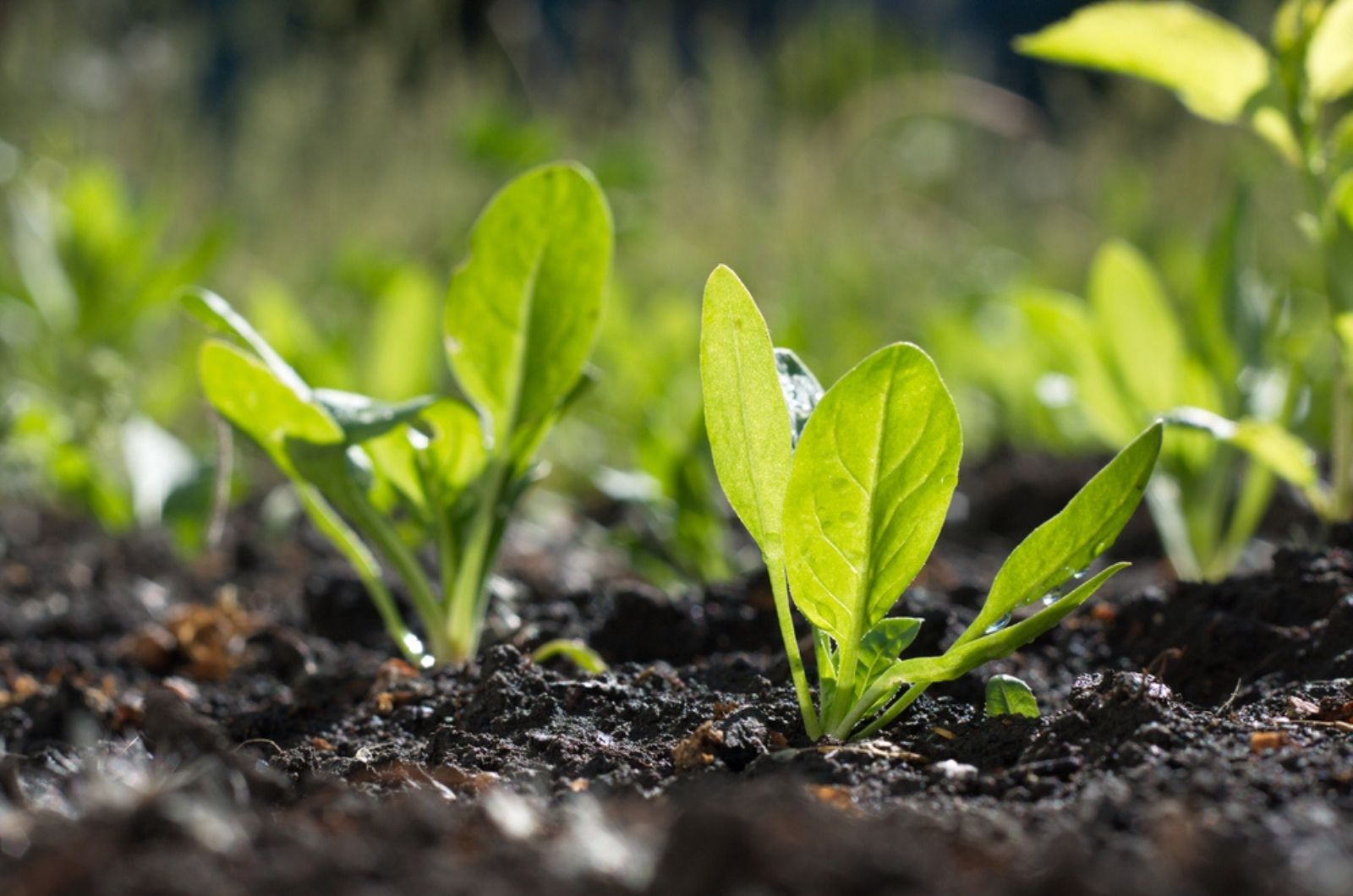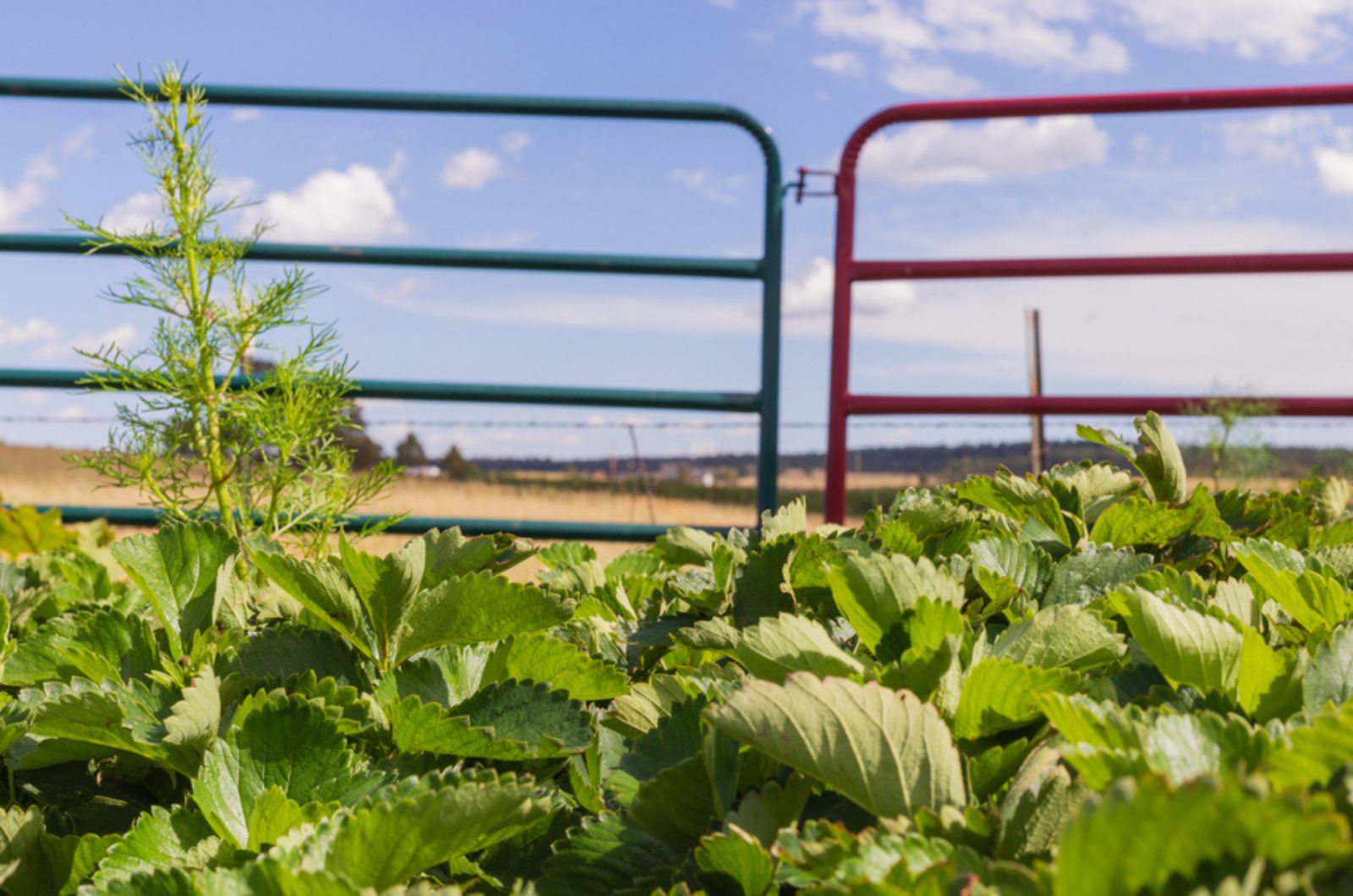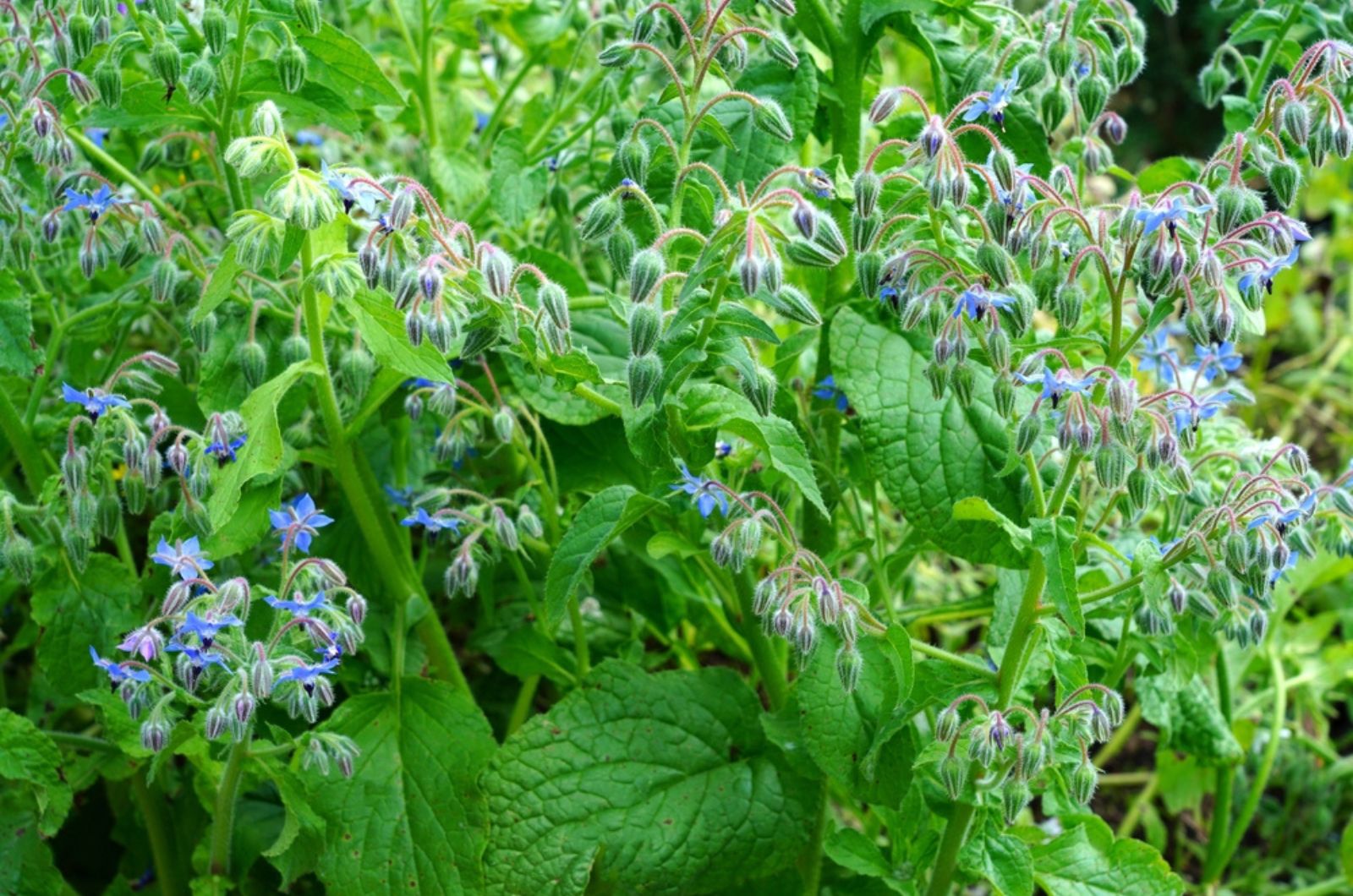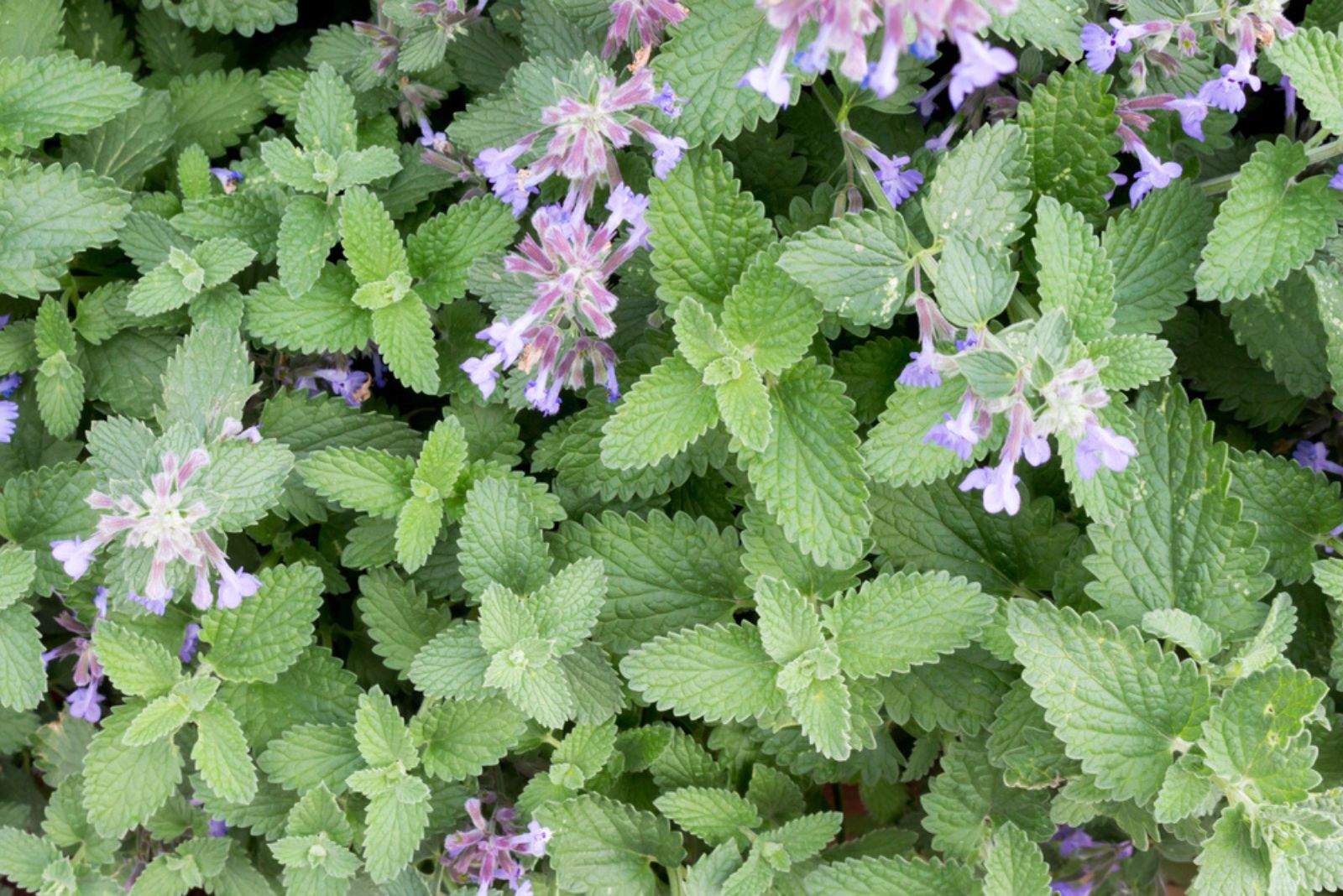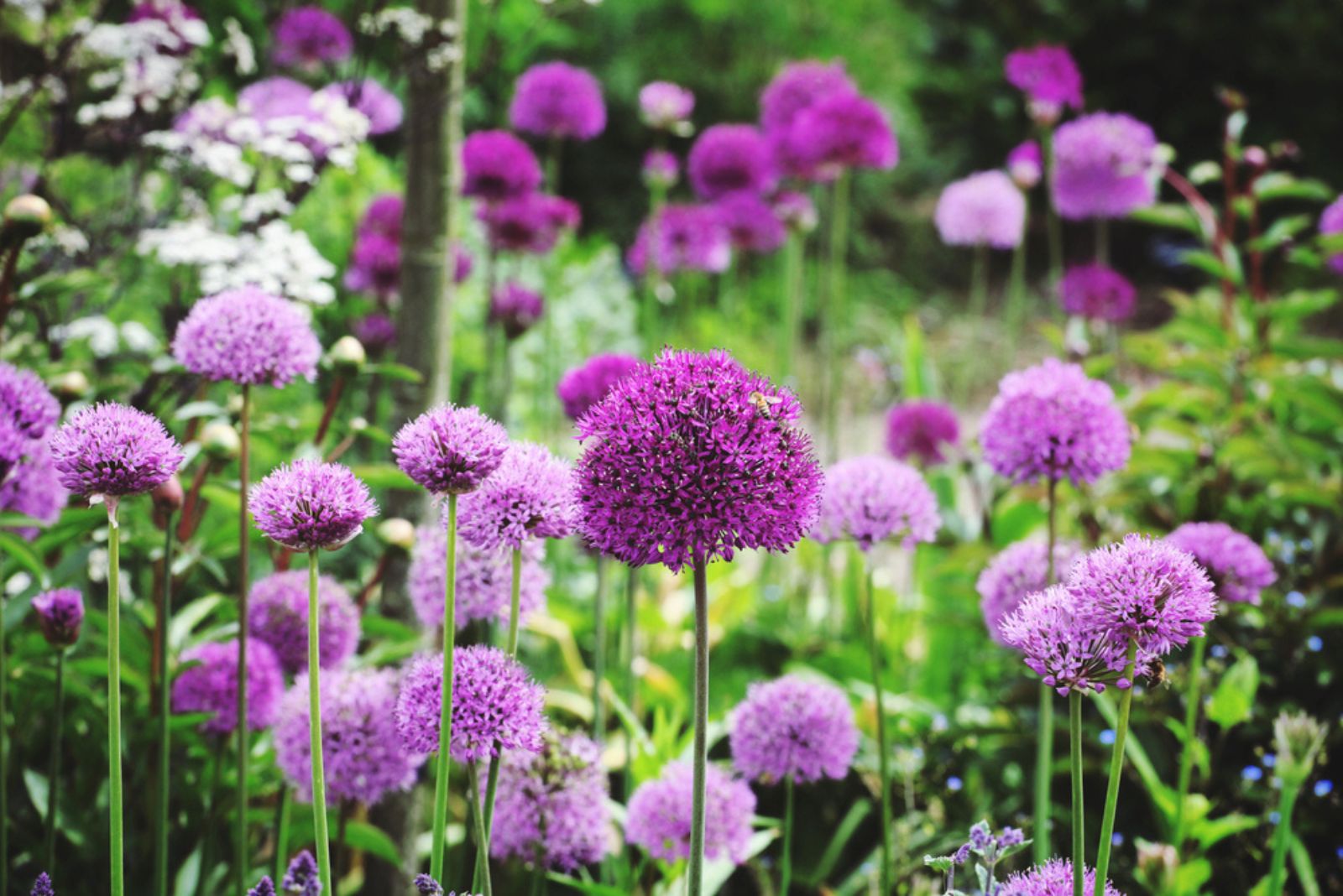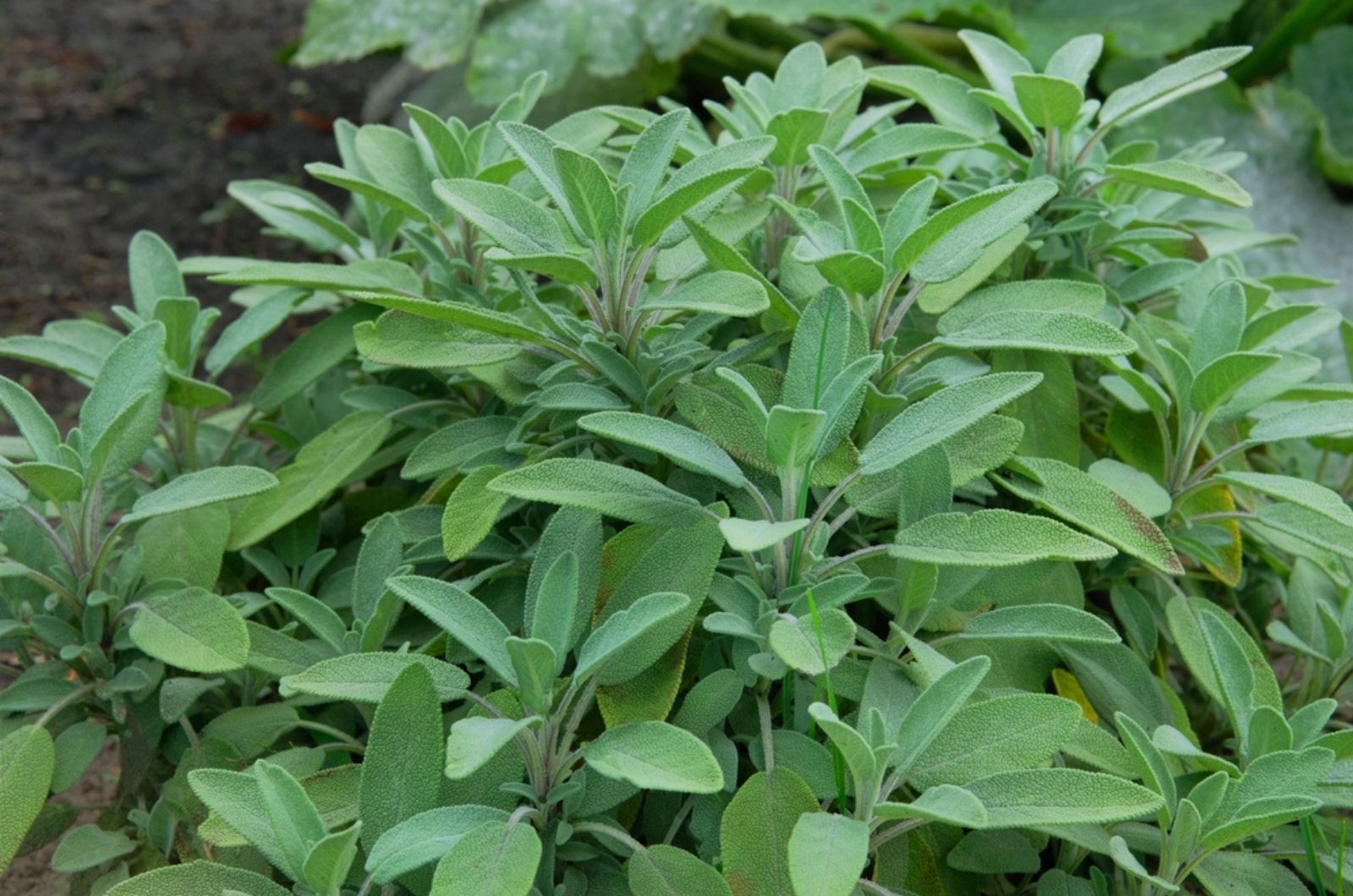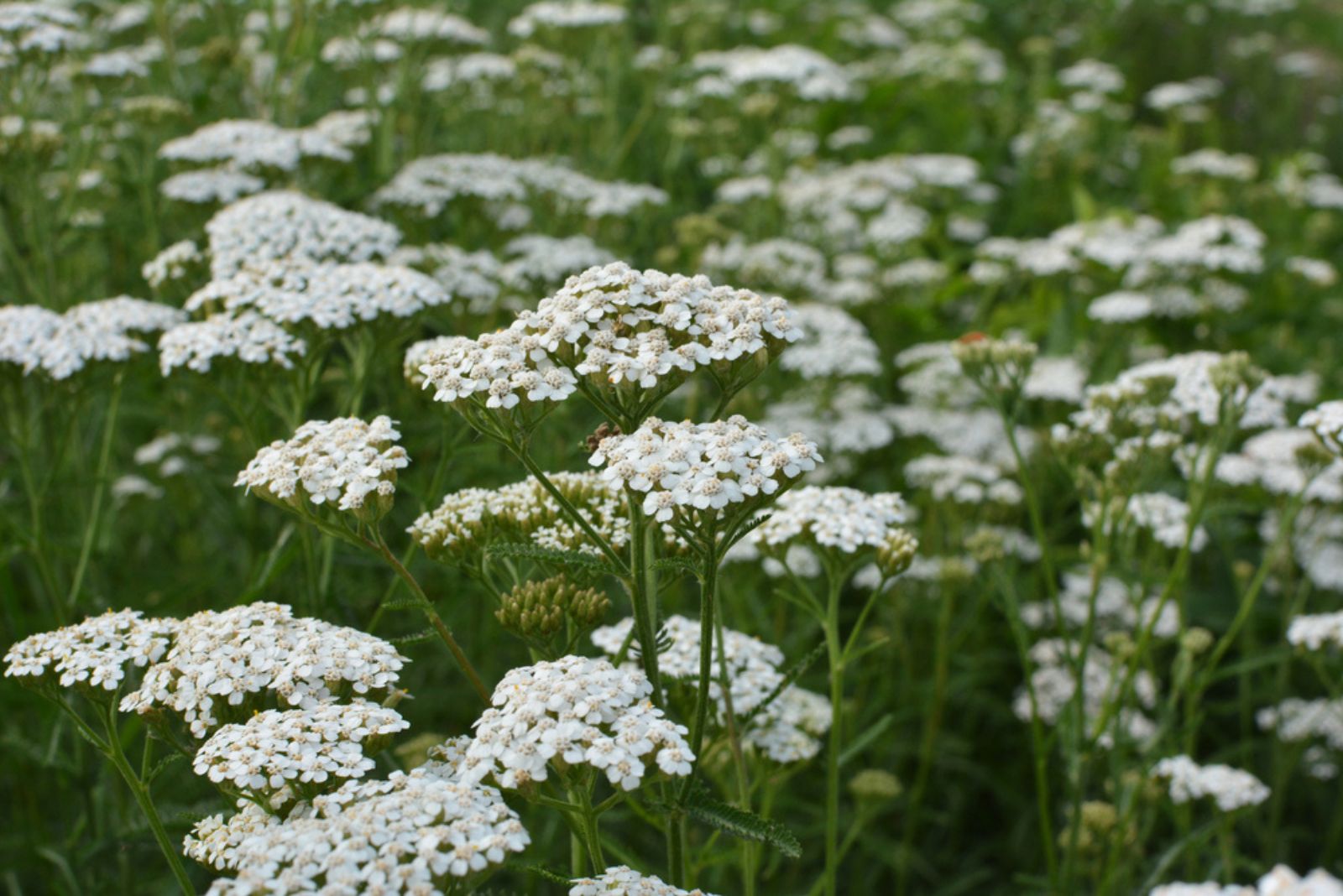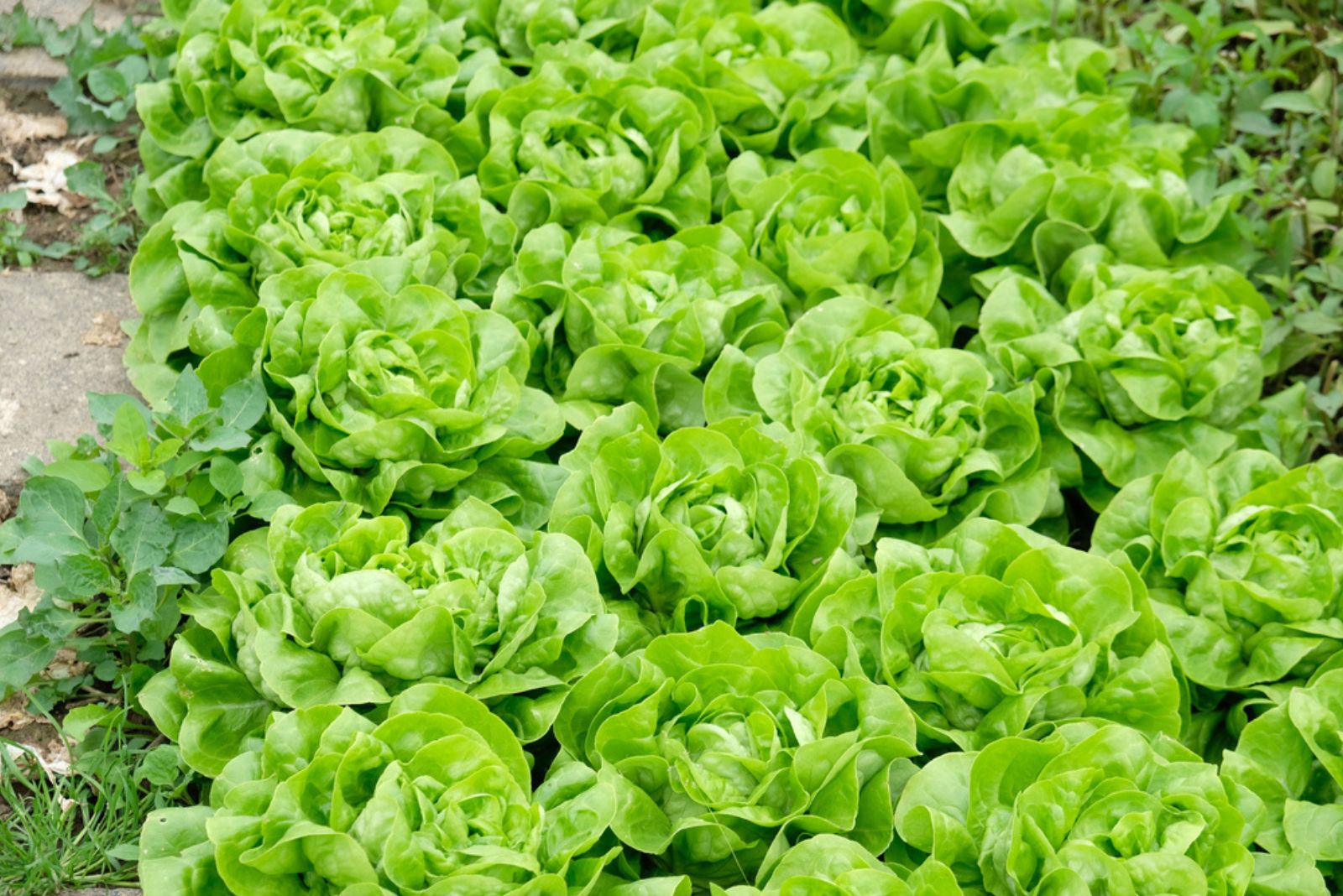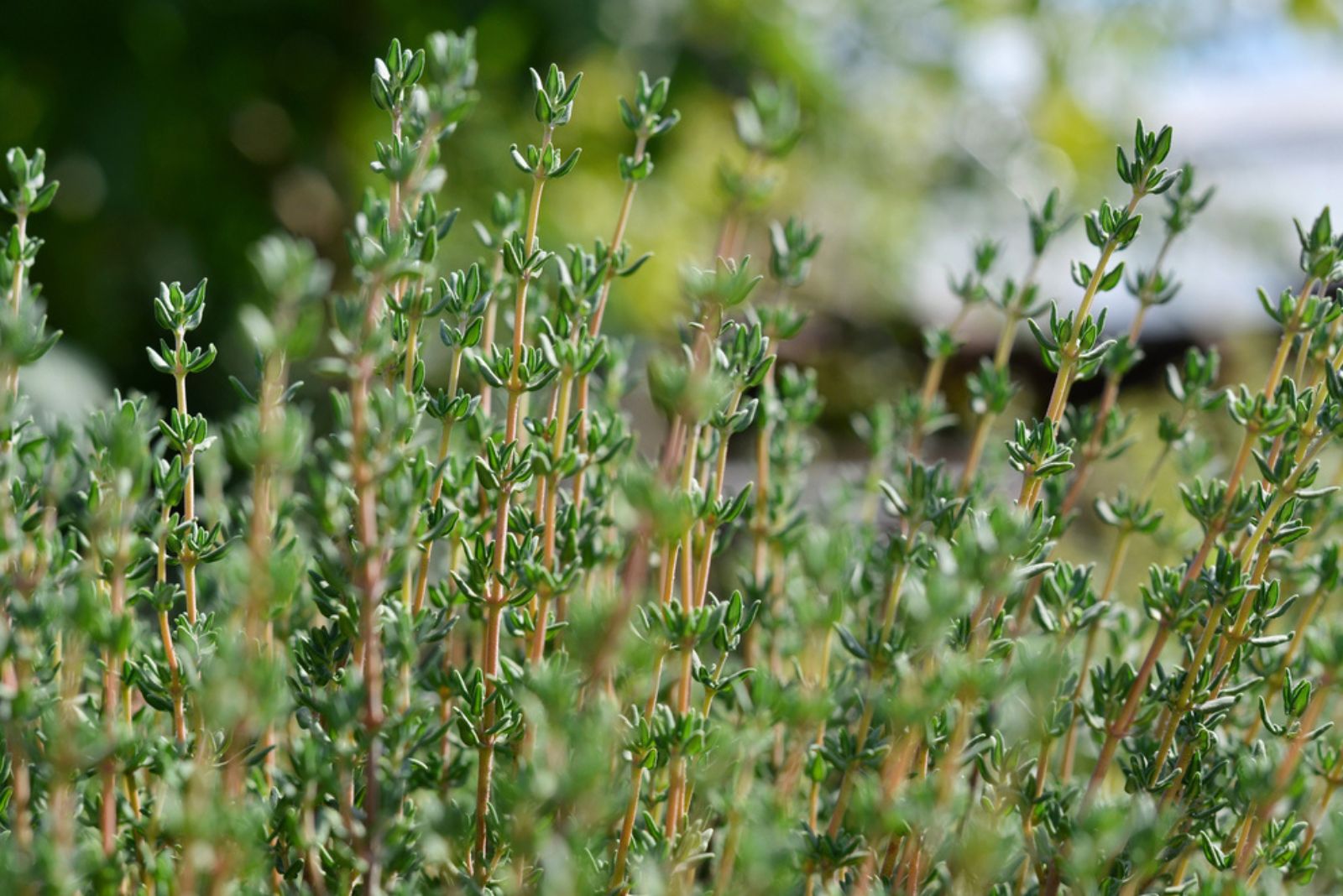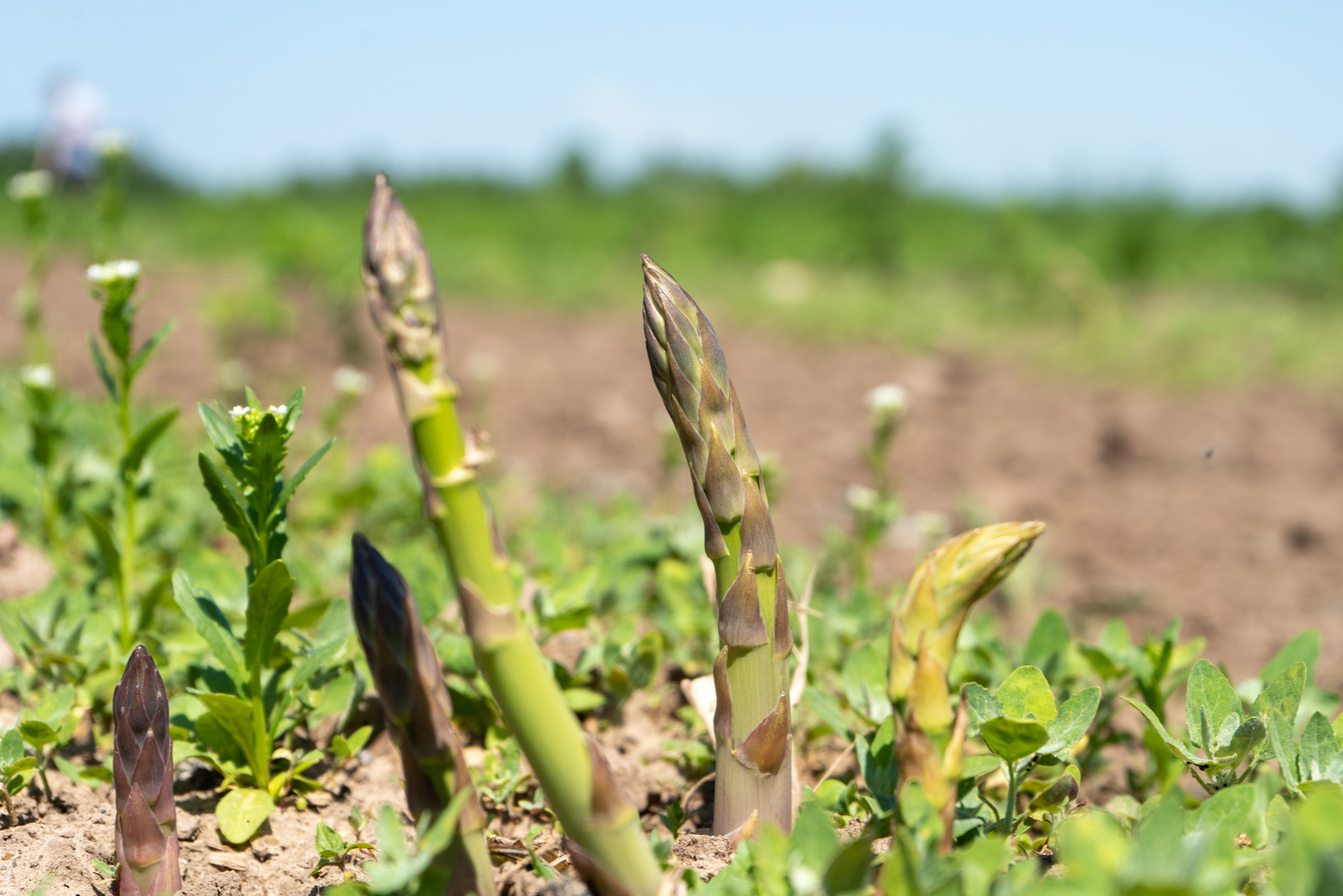Homegrown strawberries taste heavenly, so it’s no wonder so many growers choose to add them to their gardens.
But lots of things can go wrong when growing these fruits that prevent you from getting the juiciest red berries. Insects, diseases, and numerous critters can affect your strawberries severely.
To avoid this, you should employ an old yet amazing gardening technique: companion planting. In this article, I’ll show you the top 10 companion plants for strawberries that will ensure healthy growth and bountiful harvest!
Let’s get started!
1. Spinach
• Zone 2-11
• Full to part sun
• Up to 12 in. tall and wide
Spinach is one of the most popular cool-season plants and makes an excellent companion for strawberries.
The plant has a compact growth habit and can help you fight different critters that attack strawberries.
The main reason why spinach repels garden pests is because it contains saponins that act as a natural deterrent. (1)
2. Dill
• Zone 9-11
• Full sun
• Up to 5 ft.. tall, 3 ft. wide
Dill is a strongly scented plant species and many growers avoid planting it in their gardens for this reason. But the thing is that the dill scent will deter pests from your strawberries, making it a perfect companion.
This herb is most effective when it enters its flowering growth stage and the scent becomes most prominent.
Hoverflies love dill and, once they visit your garden, they’ll destroy any aphids and thrips they find.
You can start planting dill in early spring and make sure to sow the seeds every month until late summer to use the full potential of the dill plant.
3. Borage
• Zone 3-10
• Full to part sun
• Up to 3 ft. tall, 18 in. wide
The blue blossoms and leaves of borage are frequently used in cooking and even if you aren’t a fan of its flavor, you should still grow this herb in your garden.
Hoverflies, damsel bugs, and parasitic wasps will visit your garden if you have borage in it and successfully remove any pests.
Another benefit of borage for strawberries is that it will attract pollinators. This plant is also beneficial for other species that need insects for pollination, such as zucchini.
4. Catnip
• Zone 3-7
• Full sun
• Up to 3 ft. tall and wide
Aphids and spider mites may get in your way of having a bountiful harvest of delicious strawberries.
Well, catnip is one of the worst enemies of these annoying creatures and will protect your strawberries from infestation.
This plant contains iridoids that are renowned for their ability to repel various pest species. (2)
5. Alliums
• Zone 3-9
• Full to part sun
• Up to 3 ft. (depending on the species)
There are various Allium species, such as leeks, chives, garlic, and onions, and they all make perfect strawberry companions.
They’re one of the most popular pest-repelling plants and that’s exactly their main benefit for strawberries.
Chives are definitely the best choice for a companion because they have more than one benefit.
When in the flowering growth stage, chives draw in pollinators and they aren’t large in size, so you can grow them near your strawberries in raised beds or small gardens.
6. Sage
• Zone 4-10
• Full sun
• Up to 2.5 ft. tall, 3 ft. wide
Sage smells amazing but different bugs hate its fragrance, which is a huge plus for strawberries. Pests won’t come near your fruits if fragrant sage is planted nearby.
To get the most out of your sage, allow it to generate blossoms, and they’ll attract pollinators to your outdoor garden.
7. Yarrow
• Zone 3 through 9
• Full sun
• Up to 3 ft. tall, 18 in. wide
Yarrow has many benefits and I especially like them for their low care requirements. It also looks amazing and can elevate your garden design.
When it comes to yarrow benefits for strawberries, the two main ones are repelling pests and attracting beneficial insects and pollinators.
The main reason why pests hate yarrow is the fragrance of the foliage.
8. Lettuce
• Zone 2-11
• Full to part sun
• Up to 40 in. tall, 12 in. wide
One of the most common leafy veggies in gardens is lettuce. Its taste and numerous health benefits make it perfect for cultivation.
This compact plant species generates large leaves that will hide your strawberries when they mature. As you may already know, birds enjoy feeding on strawberries, but lettuce leaves won’t let these animals get near your fruits.
9. Thyme
• Zone 5-9
• Full sun
• Up to 12 in. tall and wide
Thyme makes an excellent addition to any garden because of its lovely fragrance and distinct flavor.
The blossoms of this aromatic evergreen perennial attract beneficial insects, such as hoverflies. This is a great thing for your strawberries because the larvae of these flies will enjoy feeding on aphid pests.
10. Asparagus
• Zone 3-10
• Full sun
• Up to 4 ft. tall, 2 ft. wide
And the last plant you can grow near your strawberries is asparagus. These plants are often grown near each other because of their almost identical growing patterns.
Both of these edible perennial plants will emerge as soon as the spring arrives, but they won’t inhibit each other’s growth.
The roots of strawberries don’t go deep in the ground, which means they won’t compete for nutrients with deep asparagus roots.
Plants To Avoid Growing Near Your Strawberries
The right companion plants will help you get the healthiest and most delicious strawberries ever.
But, there are some species you should be careful about and never plant near your strawberries. Here’s the list!
• Nightshades: Plants from the nightshade family, such as eggplants, peppers, and tomatoes, don’t make good strawberry companions because they’re susceptible to verticillium wilt disease.
• Cruciferous veggies: Cauliflower, cabbage, and other Brassica veggies should not be planted near your strawberries because they could inhibit each other’s growth.
• Mint: Even though mint has a strong fragrance and is used as a pest-repellant plant, it’s not a good companion for strawberries. This herb is also prone to verticillium wilt and it could quickly spread to your strawberries.
• Winter squash: Apart from susceptibility to verticillium wilt, another reason why you shouldn’t plant winter squash near strawberries is because the vines could invade your strawberry plant bed.
Growing strawberries is super fun and highly beneficial but, for best results, you should employ the companion planting technique. It will help you avoid many issues, just make sure you choose the plants from our list!
References
1. Qasim, Muhammad & Islam, Waqar & Javaria, Hafiza & Ali, Imran & Wang, Liande. (2020). Saponins in Insect Pest Control.
2. Patel, H., Gomes, E. N., Yuan, B., Lyu, W., Wu, Q., & Simon, J. E. (2021). Investigation of Volatile Iridoid Terpenes in Nepeta cataria L. (Catnip) Genotypes. Molecules

